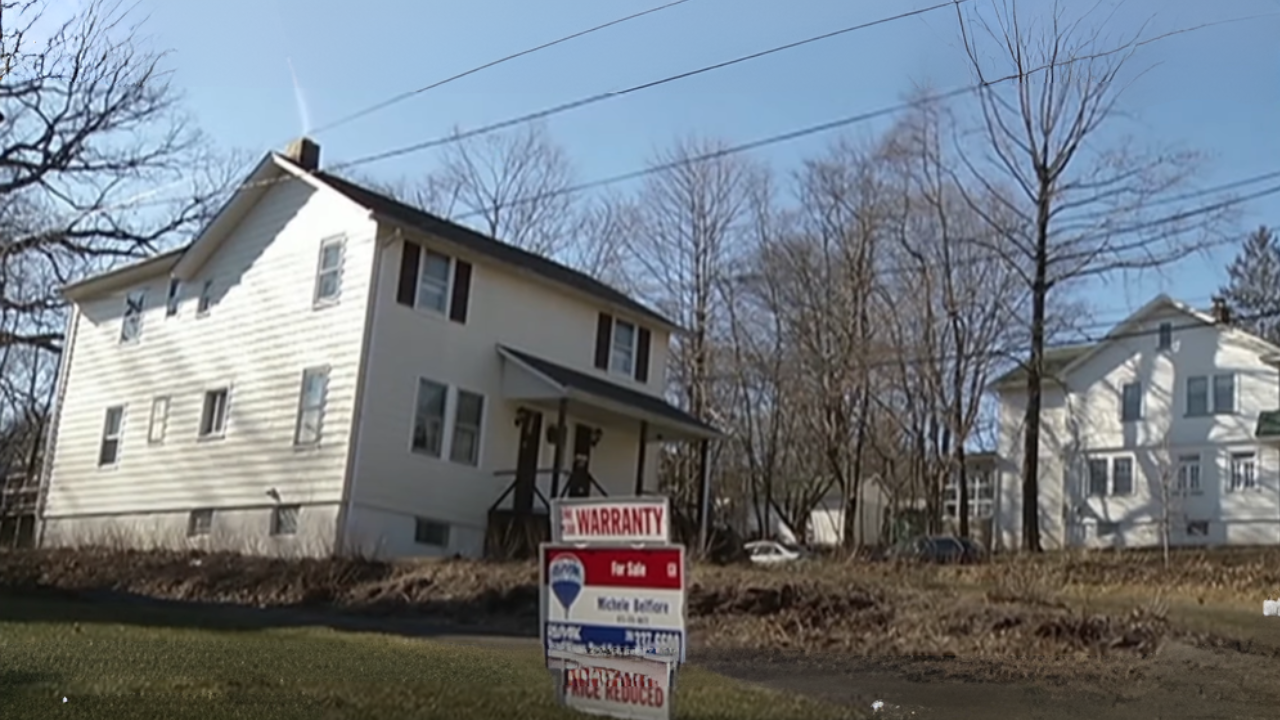Mortgage rates fall to their lowest point in almost a year.

US mortgage rates fell sharply this week as the likelihood of a rate decrease by the Federal Reserve next month increased due to weaker-than-expected employment data. Regarding the extremely expensive housing market in America, this is a significant step in the right direction.
According to Freddie Mac, a major provider of mortgage financing, the average rate on a 30-year fixed-rate mortgage was 6.47% this week. This is the lowest level since May 2023 and a significant decrease from the average of 6.73% from last week. The largest decline since late December occurred this week.
Mortgage rates have been gradually declining over the last few weeks after peaking at 7.22% in early May for 2024. From a two-decade peak reached late last year, rates are now lower.
Sam Khater, chief economist at Freddie Mac, stated in a release that “the decline in mortgage rates does increase prospective homebuyers’ purchasing power and should begin to pique their interest in making a move.”
Furthermore, some current homeowners are already taking advantage of the option to refinance thanks to the rate cut; refinancing applications made up about 42% of all mortgage applications, the largest percentage since March 2022.
Though it’s still difficult to afford, reduced mortgage rates could be helpful.
Though there have been some consistent improvements this year, home prices are still extremely high countrywide and the demand for housing still exceeds the supply. According to data from S&P Global, many buyers—especially those with modest incomes—find it impossible to afford a home, especially in regions where prices are rising quickly, including New York, San Diego, and Las Vegas. According to a recent analysis from the Harvard Joint Center for Housing Studies, the situation for renters isn’t getting any better.
However, interest rates are expected to decline further this year, and economists have already warned CNN that the worst may already be behind us in terms of the housing market.
Mortgage rates fluctuate in lockstep with the benchmark 10-year US Treasury yield, which is determined by the Federal Reserve’s interest rate decision. Following the release of the government’s most recent job report, which revealed that unemployment increased to its highest level since October 2021, bond rates fell sharply last week.
“Those who were priced out a few months ago should reconsider if they can afford to buy a home if they have stable employment,” the National Association of Realtors’ chief economist Lawrence Yun wrote in a report on Friday as interest rates fell.
During its monetary policy meeting last week, the Fed expressed its caution about potential threats to the job market. The Fed would be able to cut interest rates if there were weaker labor market data, but it does not want the labor market or the economy to collapse.
According to the CME FedWatch Tool, Wall Street is presently betting that the Fed will cut rates quickly this year, pricing in a significant half-point rate decrease when Fed officials meet to determine policy next month, followed by two quarter-point cuts by the end of the year.
The Fed continues to keep a tight eye on inflation data in anticipation of more proof that price pressures are beginning to ease. However, if the labor market continues to weaken, the central bank may be inclined to reduce rates more quickly. The Consumer Price Index for July will be issued on Wednesday, marking the date of the next inflation reading.
There are more homes hitting the market.
In numerous regions nationwide, an ongoing shortage of housing has driven up prices of real estate; nevertheless, there may soon be some respite.
As of the end of June, there were 1.32 million units in the total housing inventory, up 3.1% from May and a startling 23.4% from a year ago, according to NAR data. This year, the inventory has climbed every month. However, over the past year, residential construction has significantly increased in a few major cities, including Tampa, Denver, and Minneapolis, which has reduced housing costs in those areas.
According to the most recent data from the National Association of Realtors, the median price of a previously owned property in the United States increased to $426,900 in June, up 4.1% from the same month last year. That was the twelfth consecutive month of rising prices and the second consecutive month that home prices hit an all-time high.
Zillow study indicates that the number of US cities where an average entry-level starter house for first-time buyers would cost $1 million has almost tripled since 2019. This is a result of the recent surge in property prices.
The difficult market has also had an impact on purchasing behavior: according to NAR, sales of previously owned homes decreased 5.4% in June.
An increase in the supply of available homes and lower mortgage rates will eventually draw in more buyers.
According to Lisa Sturtevant, chief economist at Bright MLS, buyers are biding their time and waiting for rates to drop even further as well as additional inventory to hit the market. She made this observation in a Thursday note. Buyers are showing off a little. Although it is undoubtedly not a buyer’s market, purchasers haven’t had this much clout in the marketplace in a very long time.









